How to Attract Birds to Your Backyard: Tips for Creating a Bird-Friendly Environment
Birds in the backyard can make your house a sanctuary for these beings. Making your yard a bird sanctuary would help the environment and provide you with a beautiful view without leaving home. Climate change and habitat loss are already harming birds, and they'll become worse.
By making your yard bird-friendly, you may help birds survive the onslaught. Follow these steps to hear colorful birds and observe lush vegetation. Even without a yard, a balcony or patio container garden with native plants may benefit birds. Migratory birds require even small habitats to fulfill their hunger and tiredness. Select local native plants because they offer shelter, insects, fruit, nectar, and seeds for birds.
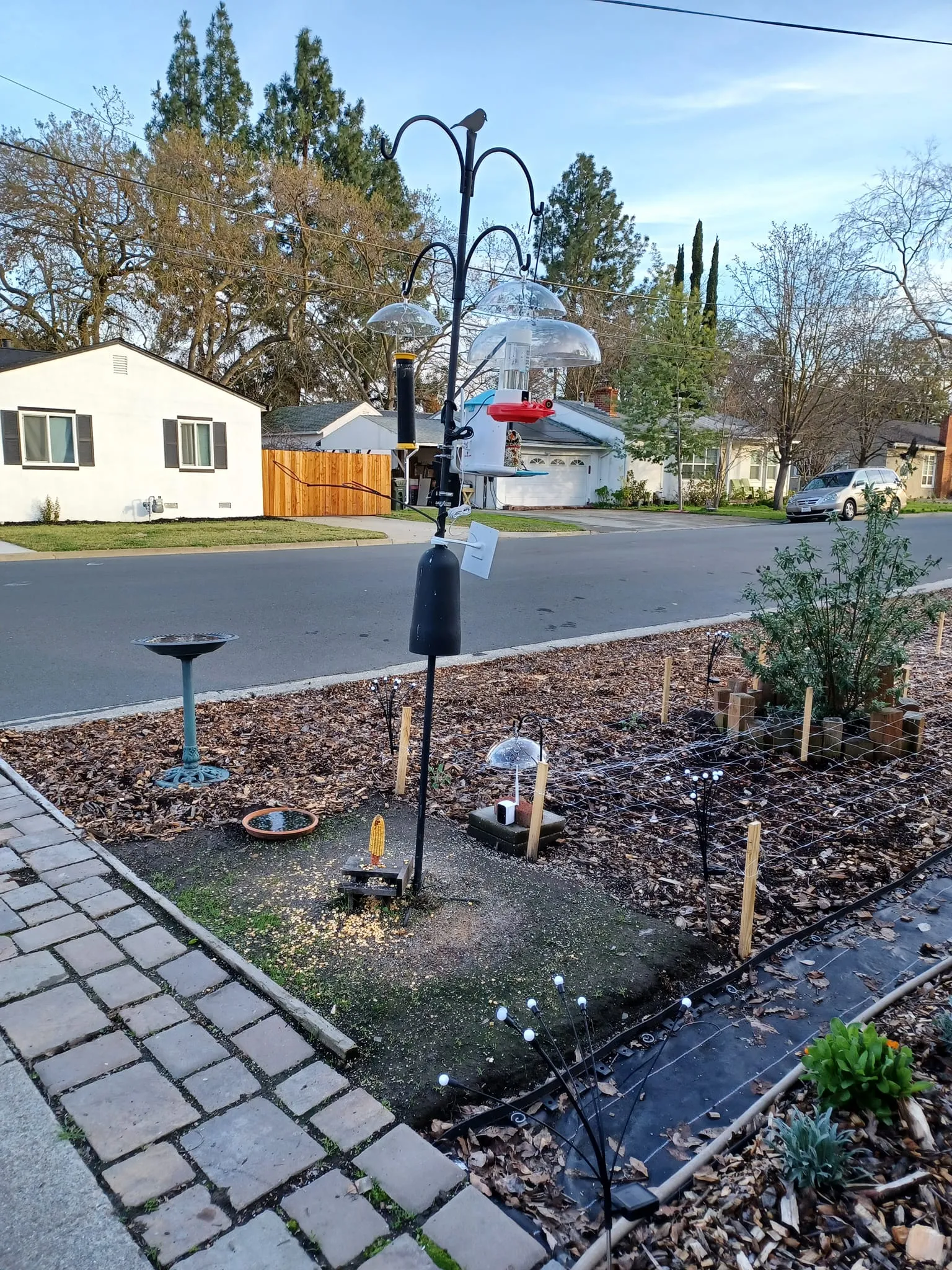
01: Make A Corner For Birds:
The first step is selecting a corner for birds in the backyard. You may enjoy viewing birds from the comfort of your home by strategically placing bird feeders, water bowls, and other amenities. However, to ensure birds feel comfortable enough to investigate, you should also ensure adequate adjacent vegetation and protection. Additionally, birds may be possessive, so placing bird feeders and perches at strategic intervals is best so your yard attracts the most birds possible.
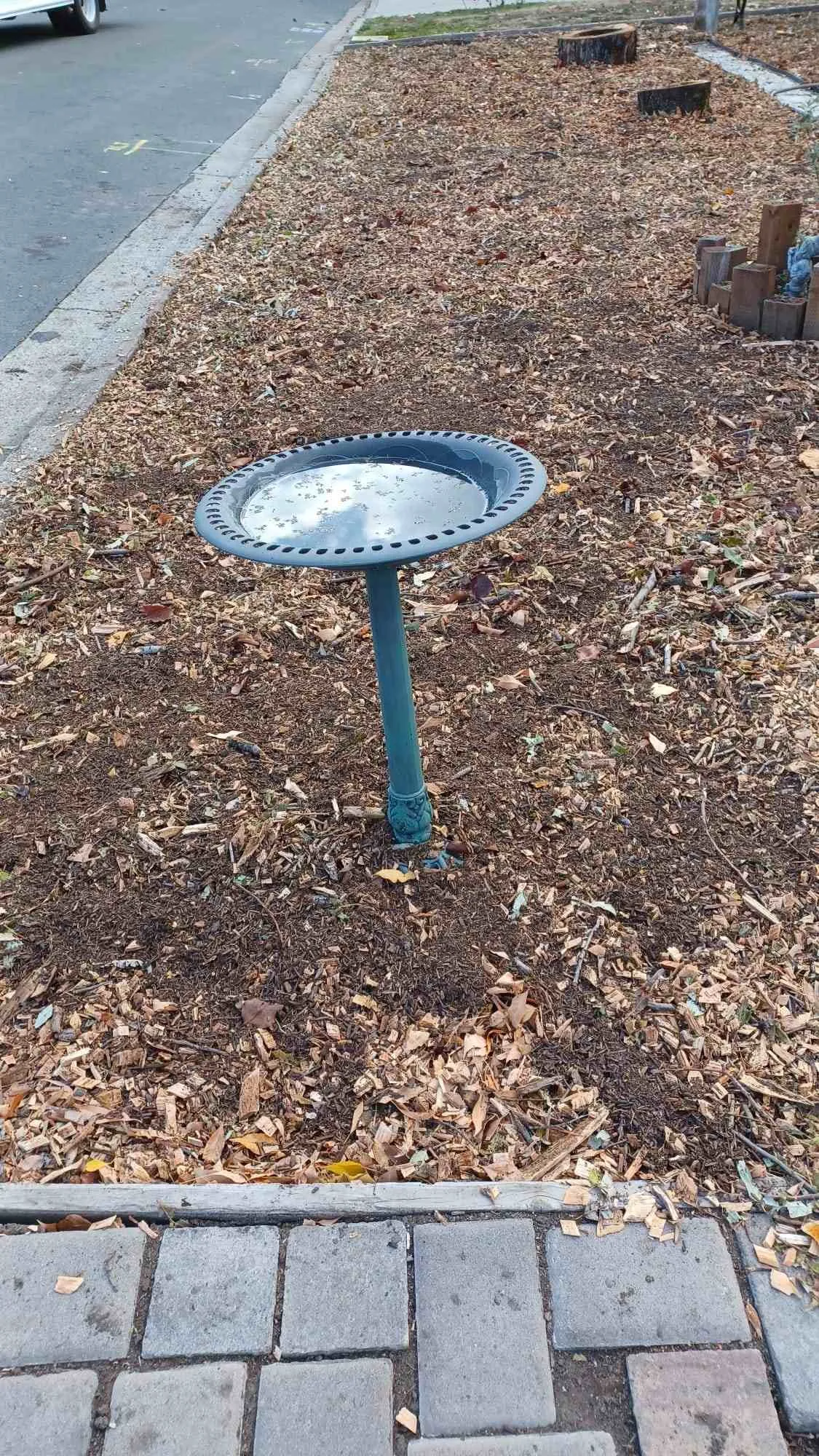
02: Add Water Points:
Make use of natural features like streams and fountains in your landscaping. Adding a water feature to your yard is a terrific way to attract birds in the backyard. If you compare the water quality of a slow-moving stream to that of a [stagnant] pond, you'll see why birds appreciate always flowing water. Water features are more labor-intensive than other options, but they attract birds significantly. What if a complex flowing water element is out of your price range? Afterwards, bird baths are a good choice. Pedestrian bird baths are attractive to many birds since they all need to be washed. Even hawks, owls, and migratory birds may stop by your property for a dip in the water.
03: Inspect Your Ground:
A simple and successful backyard bird habitat may be created by planning your landscaping to meet local requirements. But how does the weather seem where you are? Make a map of the area with all the trees, bushes, and landscape elements to help you comprehend your specific scenario. Demarcate the locations that get full sun, moderate sun, shadow, or no light. To plant appropriately, you must first locate low or damp spots and slopes with greater drainage. Make sure you look at the possibility of diverse soils in various locations. Mulch and organic materials help soil hold onto water and nutrients. A pond or wetland with accompanying plants is often suitable for places with a shallow groundwater table, standing water, or clay soil.
04: Pick Best-suited Plants For Your Yard:
Look at the local ecosystems comparable to yours in light, moisture, and soil type; observe the plants and birds that flourish there. Plant a diverse array of species, and you'll attract a diverse variety of birds—especially if your neighbors get behind you or if there are nearby natural areas. Verify the plant's invasiveness, aggressiveness in spreading, size potential, and ideal growing conditions before purchasing. Early spring is perfect for planting a garden since most plants are dormant. However, some species may be started in the autumn. They may also begin planting when the ground is still moist from winter and spring precipitation and snowmelt, just before summer watering restrictions are imposed.
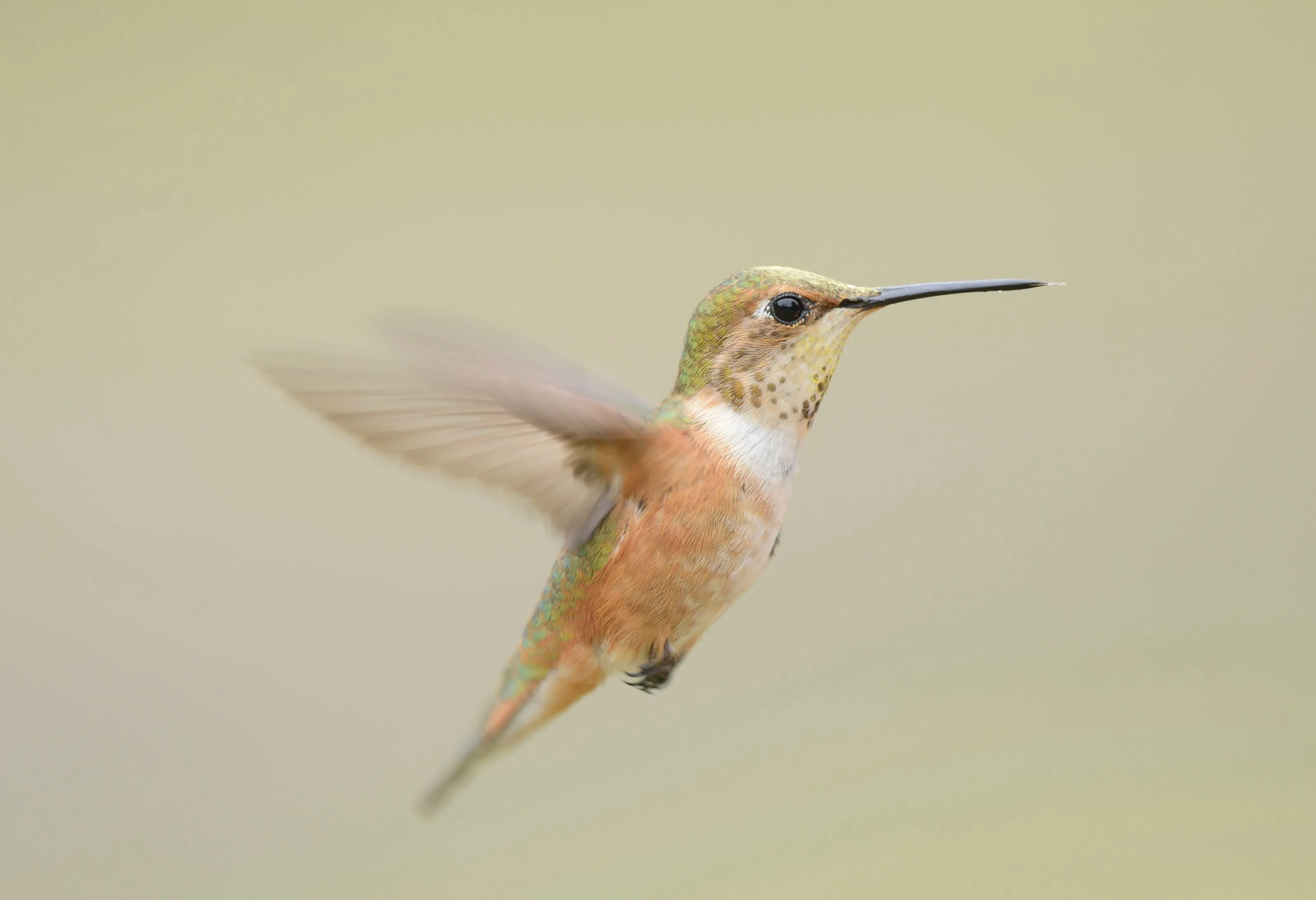
05: Hummingbirds Are Ideal:
Consider growing flowers to attract hummingbirds by producing the nectar they need to survive. When salmonberries and red flowering currants bloom in the Pacific Northwest, the Rufus hummingbird returns annually. Flowers from mountain meadows, fireweed, and wild crab apples blossom later. You can't go wrong with any of these plants as garden accents. Some more well-liked flowers that produce nectar are elderberries, honeysuckles, bleeding hearts, and columbines. Hummingbirds seem to be more attracted to tubular blooms that are red or pink.
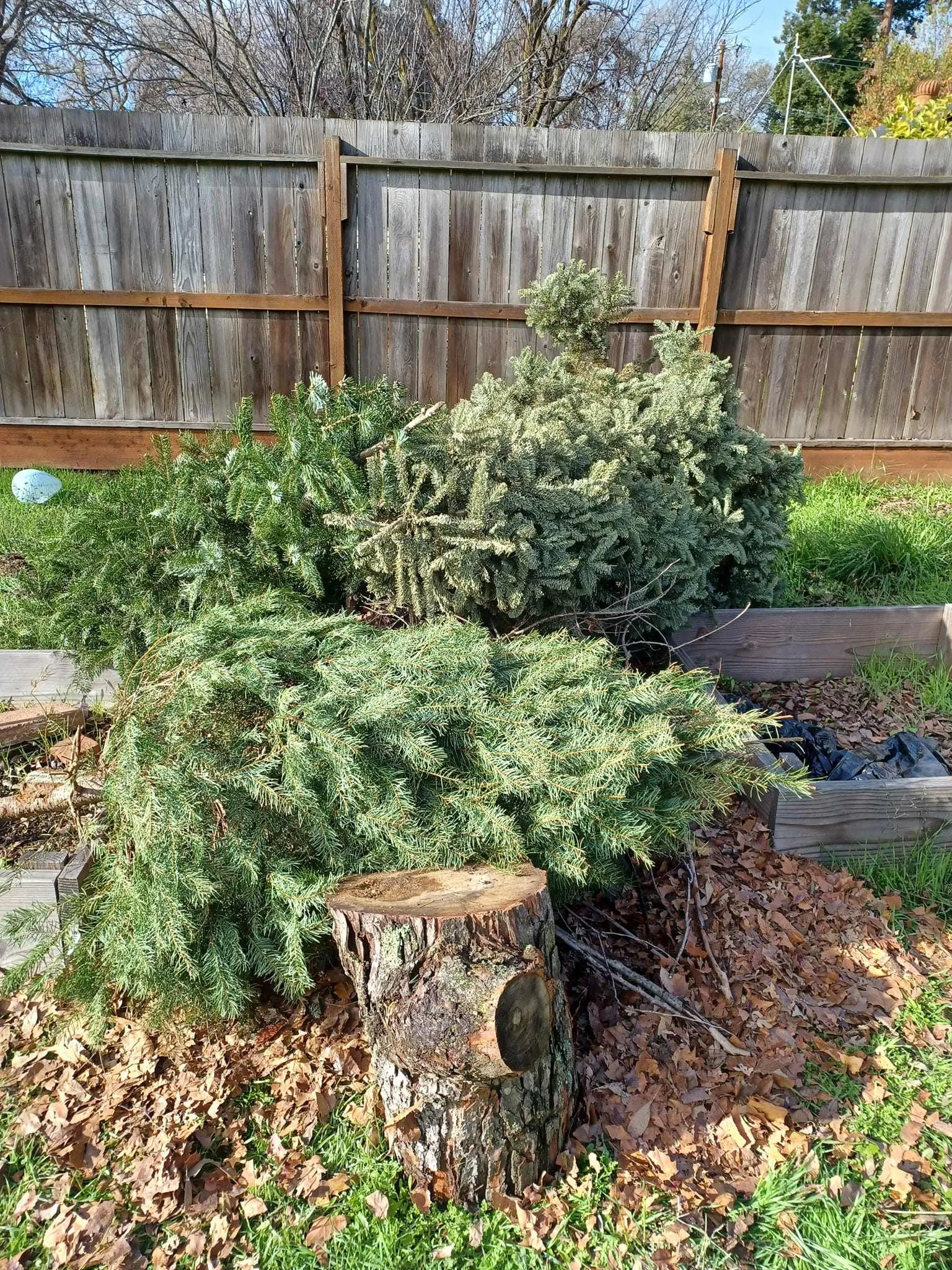
06: Don't Cut The Trees:
In many cases, if trees need to be destroyed, they may be chopped 10-15 feet off the ground and replaced with a vine that won't spread disease. Instead of cutting down a tree, you may prune it to remove diseased limbs or shape it in a spiral to let more light into your yard or improve the view outside your window. Leave them lying on the ground in the woods; they provide cover and bird nest in backyard, so even the ones you have to cut are useful.
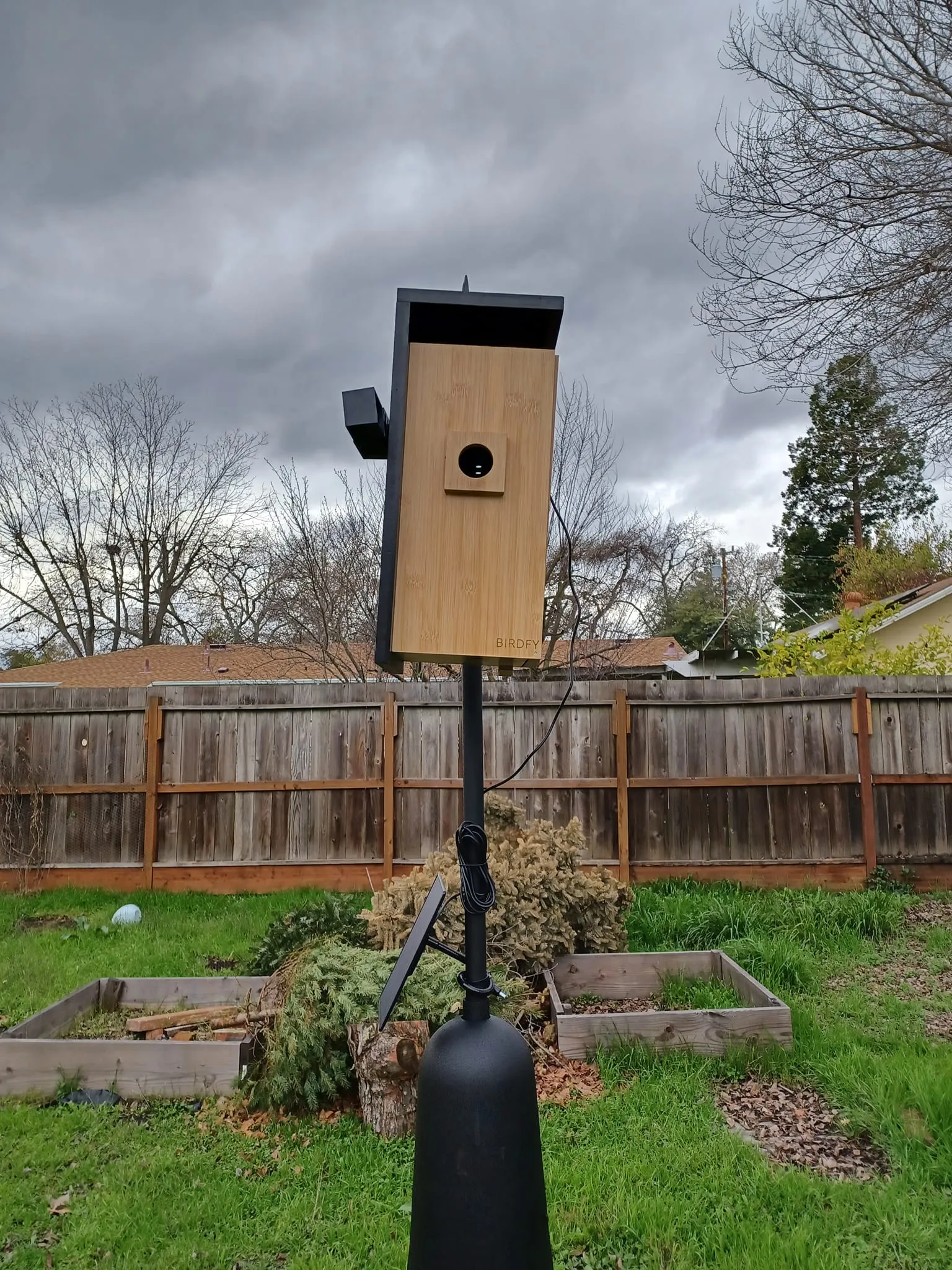
07: Get Birds Nest Boxes:
Many birds rely on trees for various needs, including perching, eating, nesting, roosting, and predator protection. Trees also take a very long time to mature. Like giant air conditioners, they shade your yard and keep it cool.
Think about other options before chopping down a dangerous tree. Many birds may find suitable nesting sites among the snags or "wildlife trees" you leave standing. Perched atop these trees, hawks, and owls may assist in controlling your rodent population
Even though most birds choose to bird nest in backyard in natural holes, a well-made nesting box may work just as well. The exact dimensions needed by the target bird species should inform their construction. A wood duck's entrance will be larger than a house wren's. To ensure the birds can nest and survive, you should clean and maintain the nesting boxes annually. Keeping the box in good repair is essential to the long-term reproductive success of cavity-nesting birds since they prefer to return to the same spot every year.
